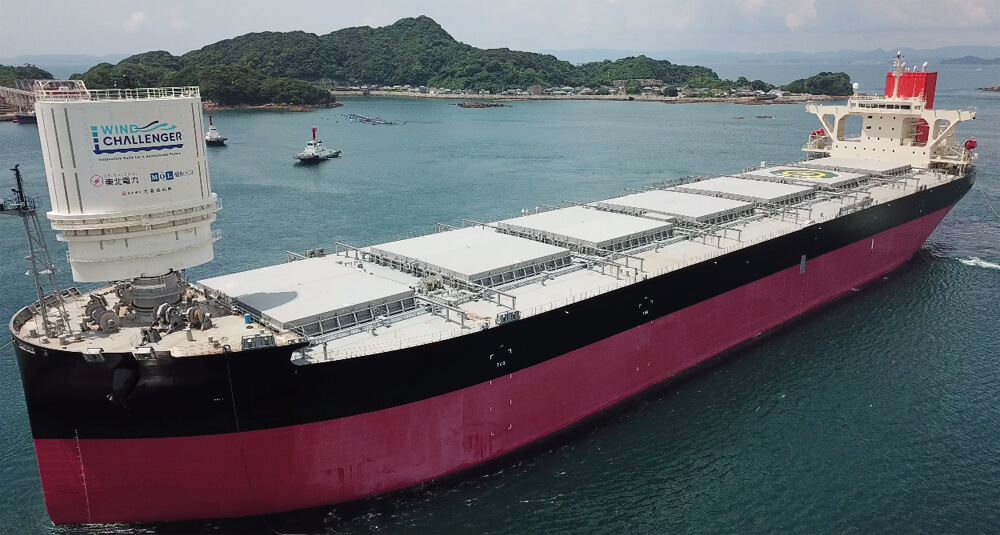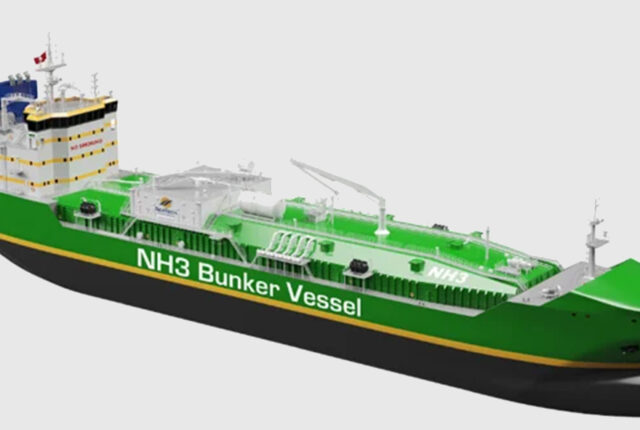
Rigid Sail MOL Bulker | Maiden Voyage Complete
A rigid sail MOL bulker, named The Shofu Maru, completed its maiden voyage to Australia from Japan on October 24th drawing a lot of local attention as the sight of a 770-foot long bulker with a unique rigid sail fitted at the front of its deck. The vessel was commissioned by Mitsui O.S.K. Lines (MOL) and operating under a long-term charter to Tohoku Electric Power to load Australian coal.
Captain Philip Holliday, CEO of New South Wales Port Authority, called the arrival a “historic moment” where maritime history and new technologies for the future meet. This is all part of a new generation of eco-friendly shipping around the globe. “NSW is delighted to be welcoming this beautiful and innovative vessel to our shores, along with a delegation from the Mitsui O.S.K. Lines (MOL) Group who developed the ‘next generation’ of wind-powered vessel,” said Captain Holliday.
As the rigid sail MOL bulker headed into port lined by fireboats, the pier was littered with spectators. This special event was broadcast live on the port’s video feed. This was followed by a welcoming ceremony by the port and officials of The Shofu Maru. Development of this bulker began way back in 2009 as part of a university research project. This was led by the Japanese shipping line working with Oshima Shipbuilding Co.
This is the first vessel in the world fitted with rigid sails. At sea the sails can reach a lofty 55m and approximately 15m wide. The sails are controlled by an on board monitoring system to maximise the effects of the wind, harnessing the energy to provide assistance to the vessel. It is expected that this vessel shall reduce 5 percent in energy consumption on voyages between Japan and Australia. However, when crossing the Pacific, due to the high winds, the savings are expected to increase to 8 percent.
Captain Vikas Bangia along with two Newcastle marine pilots undertook simulation piloting trials at the MOL Group facility in Tokyo. They reported that when the sail is lowered it has little to no impact on the navigation of the vessel. For shipping companies worldwide this will be a relief as it won’t impact the transition from traditional ship sailing to the chttps://atoshipping.com/arbon efficient ships. .
It was an exciting day to see the concept finally in operation. This came after many years of preparation and design. It is expected that the line shall be building more vessels equipped with rigid sail technology as they pursue zero carbon operations.
SOURCE: maritime-executive






